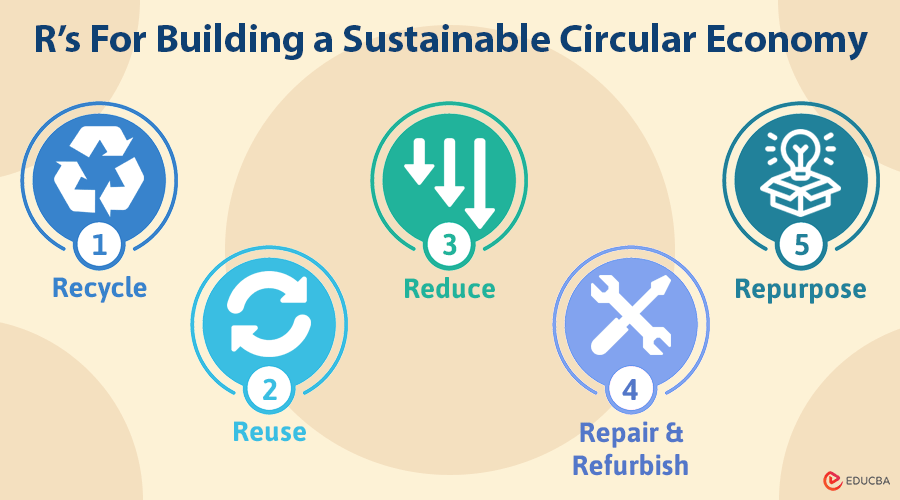
A Step Towards a Greener Future
A circular economy focuses on using, recycling, repairing, refurbishing, sharing, leasing, and reusing materials and products for as long as possible. The aim is to reduce waste and lessen the environmental footprint. This concept is crucial in tackling climate change, which is causing a rise in global temperatures and severe weather conditions. The effects of climate change, such as pollution, loss of biodiversity, droughts, and food insecurity, are all interconnected. To combat these, we need to take proactive steps, and building a sustainable circular economy is a key part of the solution.
The Rise of Consumerism and Its Impact
The beginnings of consumerism are difficult to pinpoint. Some researchers suggest it began in the 17th and 18th centuries when the emerging middle class bought luxury goods previously reserved for royal courts and the nobility. Others argue that consumerism, as we know it today, took shape much later, during the 1920s.
Still, there is much less debate surrounding its negative effects. Both shoppers and researchers agree that excessive shopping is one of the main culprits behind excessive waste, increased gas emissions, astronomical energy use, and the collapse of ecosystems. This is precisely why a new economic model must be created and implemented soon.
Key R’s For Building a Sustainable Circular Economy
There are several important aspects of building a sustainable circular economy:
- Recycle: This is one of the pillars of a circular economy. Recycling repurposes materials to create new products, preventing waste from ending in landfills and reducing greenhouse gas emissions. Businesses can partner with services like Miltek to find the best recycling solutions based on their specific waste types and business needs.
- Reuse: This is the foundation of the circular economy. By reusing existing products, we avoid the need to buy new ones and save the resources required to produce them.
- Reduce: This involves using fewer raw materials to create longer-term products. We can keep items in use much longer by redesigning products and focusing on quality.
- Repair and Refurbish: These practices ensure that products like electronics and clothing last longer, helping to reduce the demand for new products.
- Repurpose: This involves using old products in new ways, giving them a second life, and reducing the need for new resources.
The Challenges Behind a Sustainable Circular Economy
While the concept of a sustainable circular economy seems simple, there are challenges. For instance, some recycling methods can be harmful to the environment or people’s health. Additionally, overconsumption remains a problem, even if items can be reused or refurbished. Simply knowing that products can be recycled does not mean we should keep buying more and more. It is essential to focus on quality, not just quantity.
One issue is the trend of skimpflation, where products are made with cheaper materials, leading to lower quality. These lower-quality goods must be replaced often, even if recycled or repaired. This makes it harder to achieve a truly sustainable circular economy.
Strategic Management for a Circular Economy
Achieving a sustainable circular economy will require time and effort. Strategic management is key in creating a clear plan for implementing circular practices.
The creation of sustainable businesses will involve:
- Slowing down manufacturing processes to focus on quality.
- Using renewable, biodegradable, and clean resources.
- Minimizing waste as much as possible.
- Offering services to repair products instead of replacing them.
Effective collaboration throughout the entire supply chain is crucial. Customers must also take responsibility by shopping sustainably and avoiding purchasing unnecessary items.
Final Thoughts
Building a sustainable circular economy is a complex yet crucial goal. It requires changes in how we produce, consume, and dispose of products. By taking action now, we can reduce waste, protect the environment, and create a future where resources are used wisely. As we progress towards this goal, it is essential to focus on quality, reuse, and regeneration, ensuring that our resources are used efficiently and effectively.
Recommended Articles
We hope this guide on building a sustainable circular economy provides valuable insights into creating a more eco-friendly and resource-efficient future. Explore these recommended articles for more strategies and solutions to promote sustainability and circular practices.

